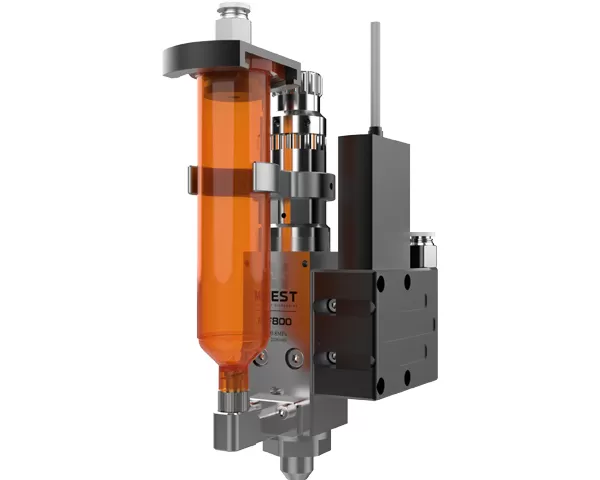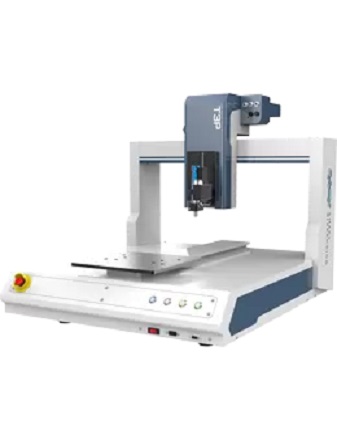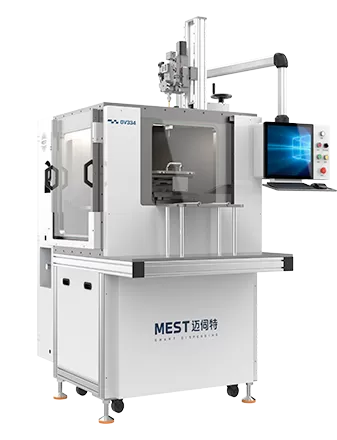Plunger metering pumps are precision instruments critical for applications in chemical processing, water treatment, and oil & gas operations. Their accuracy directly impacts production efficiency, yet many facilities struggle with unplanned downtime and energy waste due to poor maintenance practices.
As one of the Chinese plunger metering pump manufacturers, we've compiled this technical guide to help operations managers extend equipment lifespan while cutting energy costs by 12-18%. Below we break down component functions, failure prevention strategies, and modernization approaches that keep pumps running at peak performance.
Every 2% improvement in pump efficiency can save a mid-size plant over $15,000 annually in energy costs alone. Let's examine the core components that demand attention:
Plunger Assembly: The chrome-plated plunger's reciprocating motion displaces fluid. Wear patterns here indicate misalignment or lubrication issues.
Check Valve System: Dual ball/seat valves maintain unidirectional flow. Particle buildup is the leading cause of failure (32% of cases according to our repair data).
Hydraulic Diaphragm: Isolates the fluid chamber from drive components. We recommend quarterly thickness measurements to prevent rupture risks.
Our service records show three recurring issues that account for 78% of emergency repair calls:
Seal Degradation – Causes 41% of leaks
Solution: Upgrade to PTFE/Viton composite seals (lasts 3x longer than standard options)
Drive Gear Wear – Leads to flow rate inconsistencies
Prevention: Implement monthly oil analysis to detect metal particulates early
Valve Sticking – Results in dosage inaccuracies
Fix: Install stainless steel hardened seats for abrasive fluids
Follow this data-backed maintenance schedule:
| Task | Frequency | Key Metric |
|---|---|---|
| Seal Condition Check | Weekly | Leakage < 5 drops/min |
| Valve Inspection | Monthly | <3% flow deviation |
| Lubrication Analysis | Quarterly | Fe content <80ppm |
A Petrochemical plant we worked with achieved 14% energy savings through:
Installing variable frequency drives (VFDs) to match motor speed to actual demand
Replacing worn plungers (0.5mm wear increases energy use by 9%)
Implementing automatic stroke adjustment via PLC control
These upgrades typically pay for themselves within 8-14 months through reduced power consumption.
Modernization options we frequently recommend:
Smart Sensor Kits: Monitor vibration, temperature, and pressure in real-time (cuts diagnostic time by 70%)
Modular Design Conversions: Allows component-by-component upgrades vs full replacements
Materials Upgrade: Switching to ceramic plungers doubles service life in corrosive applications
One food processing client extended their plunger type metering pump' operational life by 6 years through strategic retrofits at 40% of replacement cost.


